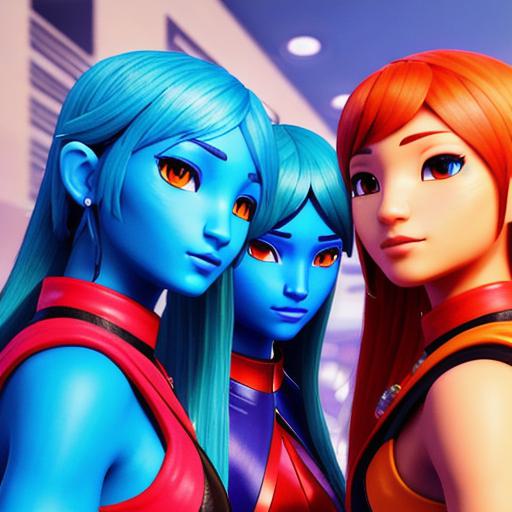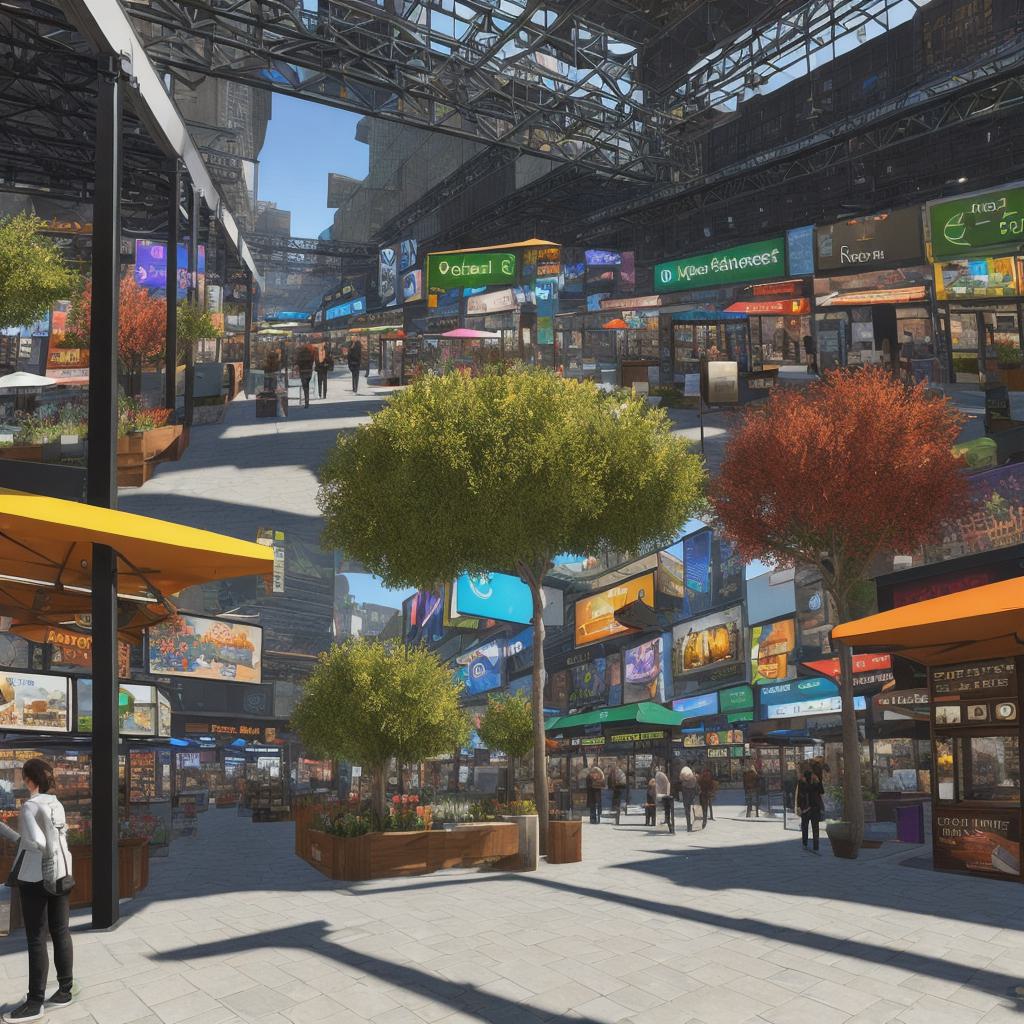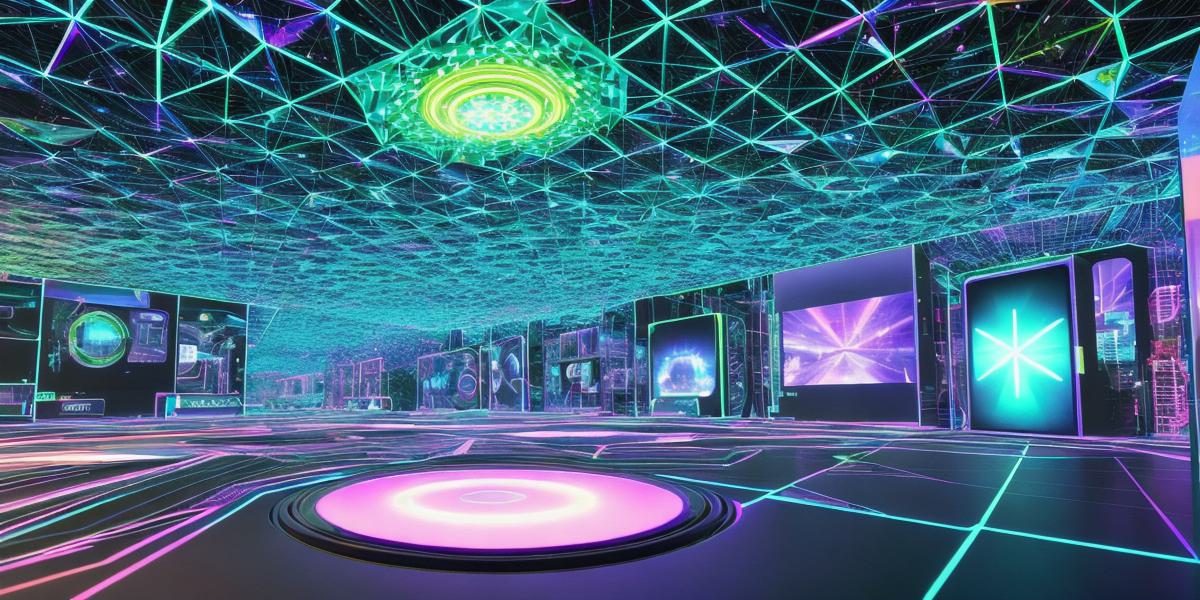Subtitle: A New Digital Frontier for Human Interaction
The metaverse is more than just a buzzword in today’s digital landscape. It represents a new frontier for human interaction, creativity, and social connection. But what exactly is the functionality of this virtual world, and how does it work? Let us delve into this intriguing topic.
I. Definition and Scope
The metaverse can be defined as a collective virtual shared space, created by the convergence of virtually enhanced physical reality and physically persistent virtual reality, formed by the interconnection of individual 3D virtual worlds. In simpler terms, it is a network of immersive 3D environments where users can interact with each other in real-time.
II.
Functionality and Capabilities
-
Interactive Environment: The metaverse offers an interactive environment for users to explore, create, and socialize. Users can customize their avatars, build structures, and engage in various activities such as gaming, shopping, education, and entertainment.
-
Persistence and Continuity: The virtual world of the metaverse is persistent and continuous, meaning that it exists independently of individual users. Users can leave the environment and return to find it exactly as they left it.
-
Social Interaction: The metaverse provides a platform for users to connect with each other in real-time. They can communicate through text, voice, or gestures and engage in collaborative activities.
-
Economic Opportunities: The metaverse offers economic opportunities, such as buying and selling virtual assets (NFTs), creating and selling virtual goods, and earning cryptocurrencies through mining or staking.
III.
How the Metaverse Works
The metaverse operates on a decentralized infrastructure, using blockchain technology to ensure security, transparency, and ownership of digital assets. It is accessible through VR headsets, AR glasses, or even regular computers and smartphones with web browsers.
-
Blockchain Technology: Decentralized platforms like Ethereum and Solana power the metaverse, enabling users to own their digital assets without relying on intermediaries.
-
Virtual Reality (VR) and Augmented Reality (AR): VR and AR technologies allow users to immerse themselves in the virtual world of the metaverse, experiencing it as if they were really there.
-
Avatars: Users create avatars, digital representations of themselves, which they can customize to their liking. These avatars allow users to interact with each other in a more engaging and immersive way.
IV.
Summary


The metaverse is not just a game or a passing trend; it represents a new era of human interaction and creativity. Its functionality includes an interactive environment, persistence and continuity, social interaction, and economic opportunities. The metaverse operates on decentralized infrastructure, using blockchain technology and VR/AR technologies to create a truly immersive experience.
